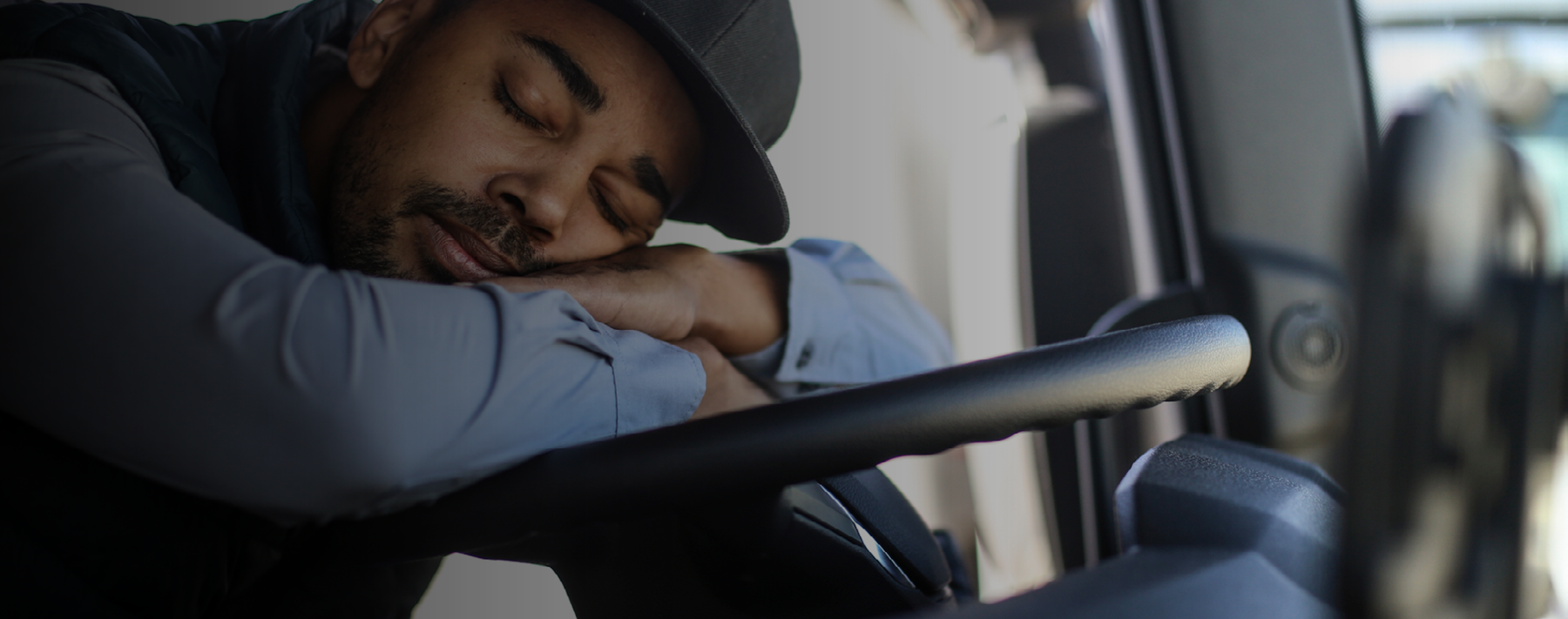United States v. Hays, 2024 WL 136776 (7th Cir. 2024)
An investigator received a tip that “Chuck” was distributing methamphetamine. A short time later, officers were surveilling a suspected drug dealing location and saw a man in a silver Cadillac drive to the location. The officers determined the driver was Charles (“Chuck”) Hays; they shared the information with the investigator. Later that evening, the investigator spotted the silver Cadillac on the road and noted it did not have operable taillights.
The investigator contacted local police and reported what he’d observed. An officer located the Cadillac and initiated a traffic stop after noticing its illegal tints and observing it cross the center lane twice. An assisting officer spoke with the passenger in the Cadillac and recognized her as Tamera Wisnasky, someone he knew to have an outstanding arrest warrant.
Wisnasky gave the officer a name he knew to be false. He asked her to get out of the Cadillac and saw she was trying to hide something in her right hand. The officer asked Wisnasky to show him her hands, but she refused. The officer grabbed her right hand and found a blue glass meth pipe. As the officer went to grab Wisnasky’s left hand, she shoved something in her mouth. The officer grabbed her jaw and told her to spit it out. Wisnasky spit out a plastic case containing methamphetamine.
At that point, the first officer asked Hays to get out of the vehicle. The officer handcuffed him and told Hays he was not under arrest, just detained. When asked, Hays also gave a false name for his female passenger. Hays told the officer he had previously been in prison for drug crimes.
The officers searched the interior of the Cadillac and found a screwdriver in the center console. An officer asked Hays if anything was in the car. Hays answered “no” and repeatedly denied owning the car. A further search of the interior yielded no contraband.
Officers popped the hood and opened the air filter compartment. Inside, they found a plastic bag with 62.3 grams of methamphetamine. Hays was released pending further investigation, and was later charged with knowingly and intentionally possessing 50 grams or more of methamphetamine with the intent to distribute. Hays pleaded guilty, but filed a motion to suppress the drug evidence, challenging the legality of the traffic stop and claiming it was unreasonably prolonged (the stop lasted approximately 40 minutes). The trial court denied his motion and Hays appealed.
Because the officers had probable cause to search the car, the Fourth Amendment automobile exception permitted a search of any location in the vehicle where the contraband could be hidden—including under the hood.
The appellate court held the stop and ensuing search were lawful. The officers had probable cause to search the car because of the meth pipe and methamphetamine found on Wisnasky, coupled with Hays’ recent stop at a location known for drug dealing. Though Hays argued it was his passenger, not him, who held the drugs and the pipe, the court stated a driver and a passenger “will often be engaged in a common enterprise and have the same interest in concealing the fruits or the evidence of their wrongdoing.” Hays’ previous drug-related arrest and the presence of a screwdriver in the car created a reasonable basis to believe methamphetamine could be concealed in the car, including under the hood.
Because the officers had probable cause to search the car, the Fourth Amendment automobile exception permitted a search of any location in the vehicle where the contraband could be hidden—including the air filter compartment. An officer may search a vehicle without a warrant if there is probable cause to believe it contains evidence or contraband. The officer may search anywhere a warrant could have authorized a search. The courts have adhered to this exception for years; when it was first allowed, the Ford Model T was still in production (Carroll v. United States, 267 U.S. 132 (1925)). The scope of a search under the automobile exception includes closed containers in the vehicle, even if there is no distinct probable cause for the container (California v. Acevedo, 500 U.S. 565 (1991)). The search can include the entire vehicle, bumper to bumper, as long as the item for which there is probable cause to search could be concealed in the location searched (United States v. Ross, 456 U.S. 798 (1982)). The search may extend to the undercarriage and may even go so far as dismantling door panels when there is general probable cause to search for drugs or other easily concealed items.



